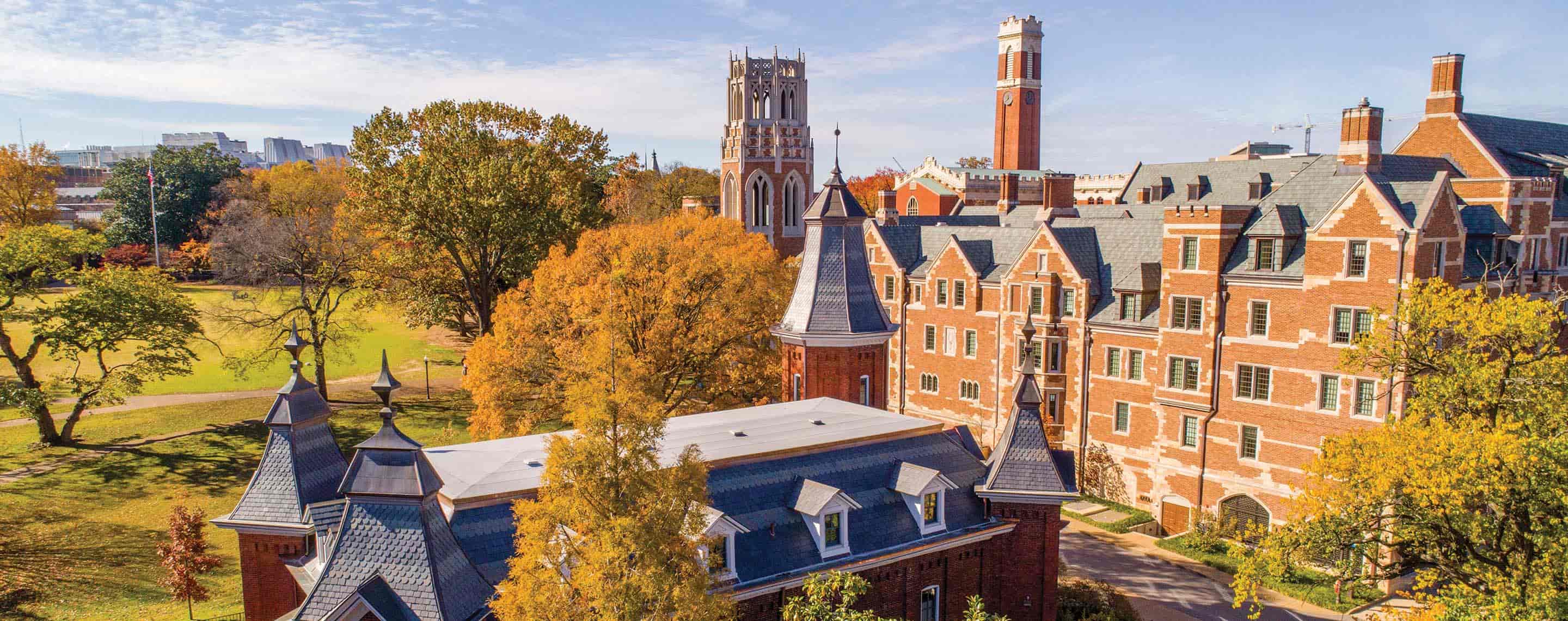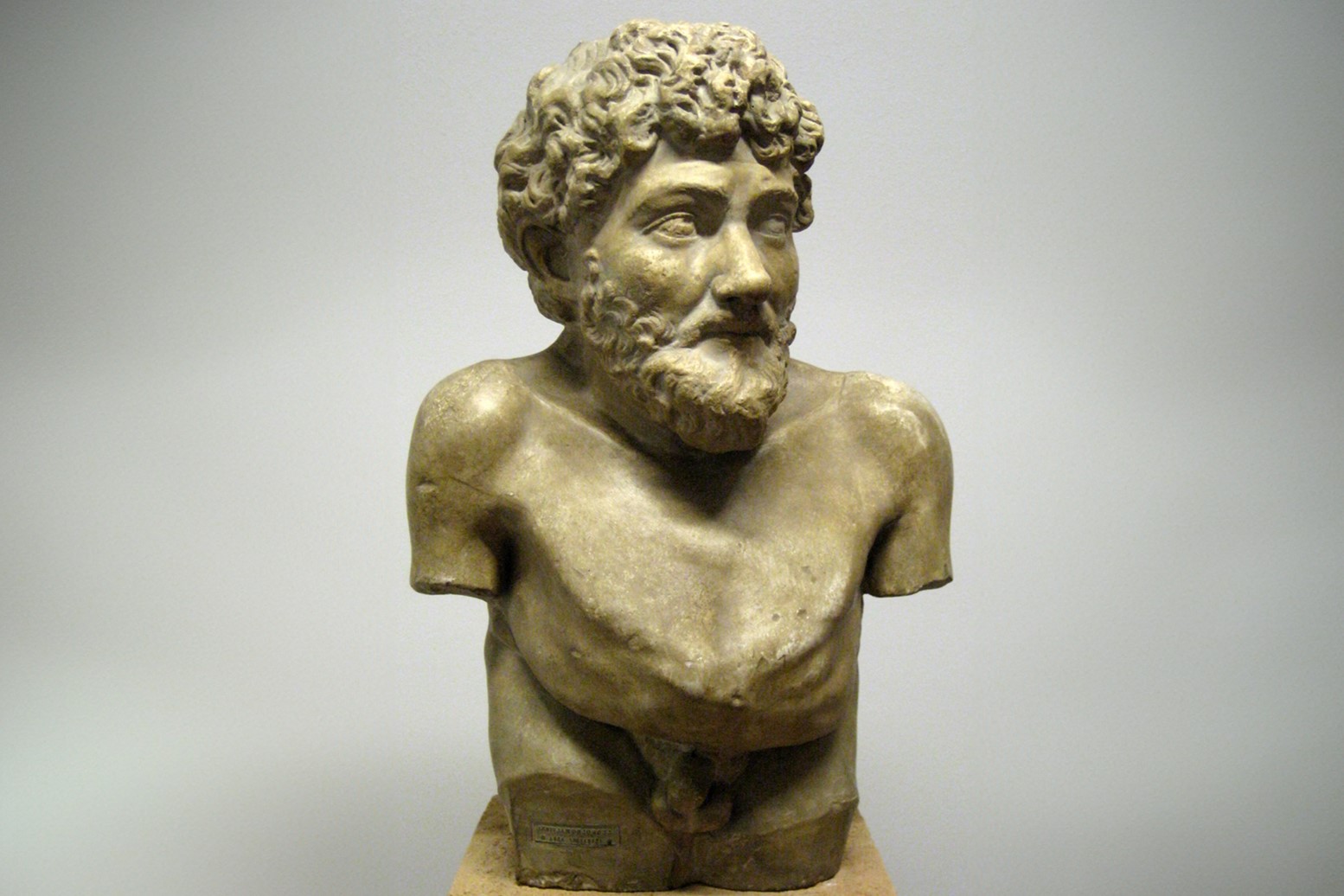
Vanderbilt University is a prestigious institution located in Nashville, Tennessee. Known for its rigorous academics and vibrant campus life, Vanderbilt attracts students from all over the globe. But what do we really know about the Vanderbilt demographics? Who attends Vanderbilt? What is the student body like? How diverse is the campus? These questions often pop up when considering this esteemed university. In this blog post, we’ll dive into 20 intriguing facts about the demographics at Vanderbilt. From the percentage of international students to the gender ratio, we’ll cover it all. Get ready to learn more about the dynamic and diverse community that makes Vanderbilt unique!
Vanderbilt University Overview
Vanderbilt University, located in Nashville, Tennessee, is a prestigious institution known for its academic excellence and vibrant campus life. Understanding the demographics of Vanderbilt can provide insight into the diverse community that makes up this renowned university.
-
Founded in 1873
Vanderbilt University was established in 1873 with a $1 million donation from Cornelius Vanderbilt, a shipping and rail magnate. His goal was to help heal the divisions caused by the Civil War. -
Student Population
The university has approximately 13,000 students, with around 7,000 undergraduates and 6,000 graduate students. This balance creates a dynamic and engaging campus environment. -
Gender Distribution
The student body is fairly balanced in terms of gender, with about 52% female and 48% male students. This near-equal distribution fosters a diverse and inclusive atmosphere. -
International Students
Vanderbilt hosts students from over 100 countries, making up about 10% of the total student population. This international presence enriches the cultural fabric of the university.
Academic Diversity
Vanderbilt offers a wide range of academic programs, attracting students with varied interests and backgrounds. This diversity is reflected in the demographics of its student body.
-
Four Undergraduate Schools
The university comprises four undergraduate schools: College of Arts and Science, School of Engineering, Peabody College of Education and Human Development, and Blair School of Music. Each school has its own unique demographic makeup. -
Graduate and Professional Schools
Vanderbilt also has six graduate and professional schools, including the Law School, School of Medicine, and Owen Graduate School of Management. These schools draw students from diverse professional and academic backgrounds. -
Popular Majors
Some of the most popular majors at Vanderbilt include Economics, Computer Science, and Political Science. These programs attract a wide range of students with different academic interests.
Socioeconomic Diversity
Vanderbilt is committed to creating an inclusive environment for students from all socioeconomic backgrounds. This commitment is evident in its financial aid policies and student demographics.
-
Need-Blind Admissions
Vanderbilt practices need-blind admissions, meaning that a student's financial situation does not affect their chances of admission. This policy helps ensure a diverse student body. -
Generous Financial Aid
The university meets 100% of demonstrated financial need for all admitted students. This commitment makes a Vanderbilt education accessible to students from various economic backgrounds. -
First-Generation College Students
Approximately 12% of Vanderbilt's undergraduate students are first-generation college students. The university provides support and resources to help these students succeed.
Ethnic and Racial Diversity
Vanderbilt prides itself on its commitment to diversity and inclusion. The university's demographics reflect a broad spectrum of ethnic and racial backgrounds.
-
African American Students
Around 10% of the undergraduate student body identifies as African American. Vanderbilt offers various programs and organizations to support these students. -
Hispanic/Latino Students
Hispanic and Latino students make up about 9% of the undergraduate population. The university celebrates Hispanic heritage through events and cultural organizations. -
Asian Students
Approximately 15% of undergraduates at Vanderbilt identify as Asian. These students contribute to the rich cultural diversity on campus. -
Multiracial Students
Around 5% of students identify as multiracial, reflecting the growing diversity in the United States. Vanderbilt supports these students through various initiatives and programs.
Geographic Diversity
Students at Vanderbilt come from all over the United States and the world, contributing to a geographically diverse campus community.
-
Out-of-State Students
About 90% of Vanderbilt's undergraduate students come from outside Tennessee. This geographic diversity brings a wide range of perspectives to the university. -
Representation from All 50 States
Vanderbilt students hail from all 50 states, ensuring that the campus community includes a variety of regional cultures and viewpoints. -
Top States Represented
The states with the highest representation at Vanderbilt include California, Texas, and Florida. These states contribute a significant number of students to the university.
Campus Life and Community
Vanderbilt's vibrant campus life and strong sense of community are integral to its appeal. The university offers numerous opportunities for students to engage and connect.
-
Residential Colleges
Vanderbilt's residential college system fosters a close-knit community by grouping students into smaller, supportive living-learning environments. -
Student Organizations
With over 500 student organizations, Vanderbilt offers something for everyone. These organizations provide opportunities for leadership, service, and social engagement. -
Cultural Events
The university hosts numerous cultural events throughout the year, celebrating the diverse backgrounds of its students. These events include festivals, performances, and lectures.
Vanderbilt Demographics: The Big Picture
Vanderbilt's demographics reveal a diverse and dynamic community. The student body includes individuals from various racial, ethnic, and socioeconomic backgrounds. This diversity enriches the campus experience, fostering a culture of inclusion and mutual respect. The university's commitment to financial aid ensures that students from all walks of life can access a top-tier education. Additionally, Vanderbilt's international student population adds a global perspective, enhancing the academic and social environment. The faculty and staff also reflect this diversity, contributing to a well-rounded educational experience. Understanding these demographics helps appreciate the unique blend of cultures and perspectives that define Vanderbilt. This vibrant community not only prepares students for a globalized world but also promotes a deeper understanding of different viewpoints. Vanderbilt's demographics are a testament to its dedication to creating an inclusive and enriching environment for all.
Was this page helpful?
Our commitment to delivering trustworthy and engaging content is at the heart of what we do. Each fact on our site is contributed by real users like you, bringing a wealth of diverse insights and information. To ensure the highest standards of accuracy and reliability, our dedicated editors meticulously review each submission. This process guarantees that the facts we share are not only fascinating but also credible. Trust in our commitment to quality and authenticity as you explore and learn with us.


